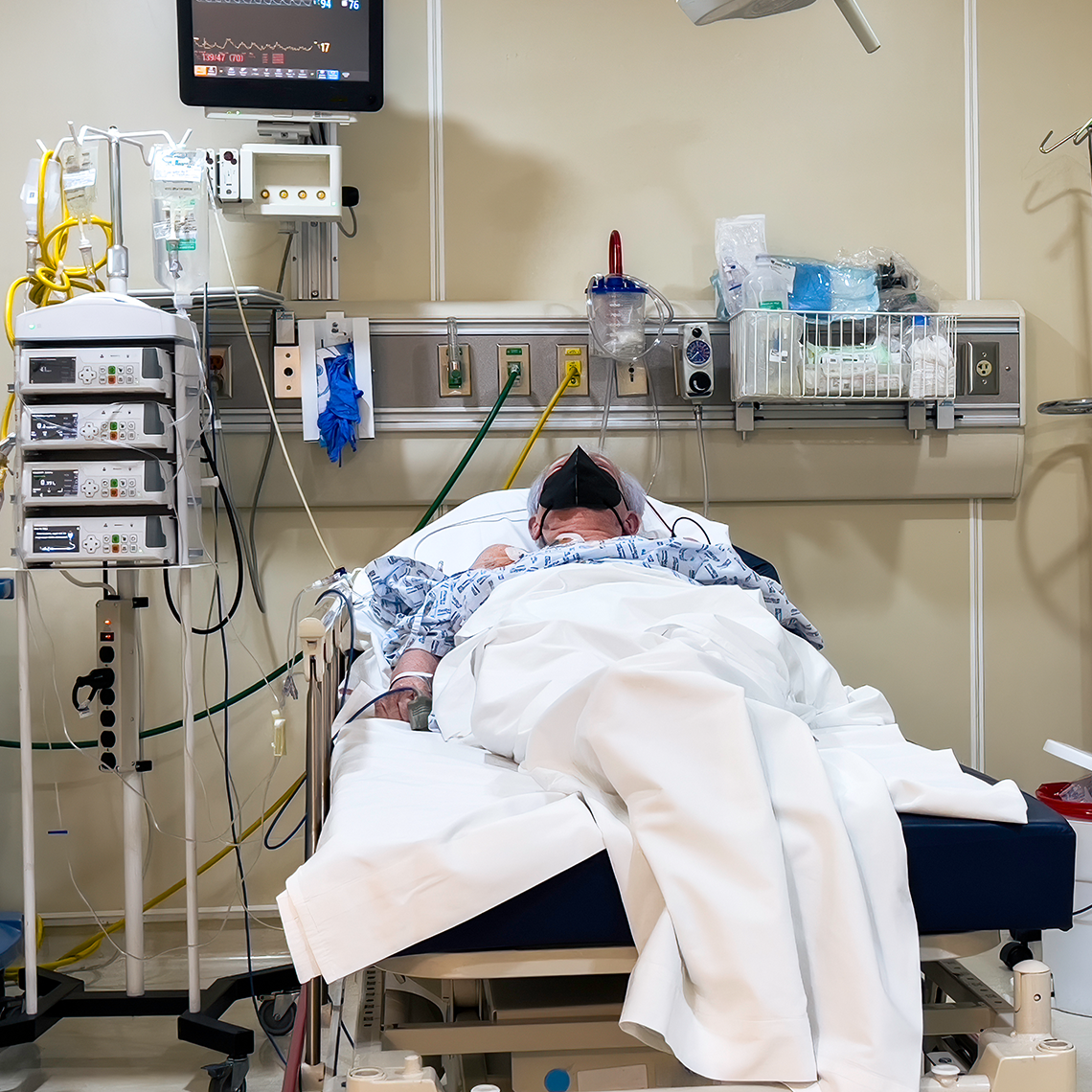Case Study
Unresolved Symptoms and Delayed Colon Cancer Diagnosis

Description
A 36-year old female patient was seen in the ER for complaints of abdominal pain and rectal bleeding. Two years later she was diagnosed with metastatic colon cancer.
Key Lessons
- When working with a patient who has continued symptoms that do not resolve, clinicians need to be encouraged to broaden their differential diagnoses, seek additional information, or consider a consult.
- Busy physicians must have systems for appropriate follow through on tests ordered to ensure that results have been reviewed in a timely fashion and additional testing ordered if necessary.
- When two disease processes are in close proximity of each other, the challenge is to recognize when a single complaint might be related to multiple problems and then fully evaluate, document, and follow both concerns.
Clinical Sequence
A 36-year-old female patient was seen in the ED with complaints of abdominal pain and rectal bleeding. She presented with no blood, but had positive bowel sounds and was diagnosed with a small internal hemorrhoid. She was discharged and told to follow up with a surgeon, who recommended a barium enema and colonoscopy.
Six weeks later, the barium enema was done, and the results were normal except for an area of compression on the wall of the rectum. No colonoscopy was done at this time. A week later, the patient followed up with the surgeon, reported feeling better and, on exam, had no bleeding or evidence of masses.
The patient was seen two weeks after that, and an ultrasound to follow up on the area of compression showed two ovarian follicles, one referred to as “large.” At this visit the patient reported that her hemorrhoids have improved but there has still been some bleeding. The surgeon referred the patient to a gynecologist for follow up of the cysts. The patient was seen within a few weeks by a gynecologist, and she had an exam and Pap smear, but there was no documentation of a plan for pelvic surgery.
The patient record resumes a year-and-a-half later with no documentation that any follow up occurred for the rectal bleeding or ovarian cysts from before. At this time, the patient was seen in the ED for lower quadrant abdominal pain, “which is always sore,” and constipation. She had a bowel movement; her symptoms improved; she was discharged, with instructions to return if her symptoms recurred.
Three weeks later, the patient presented to the family health center with a complaint of abdominal pain. Ultrasound demonstrated an enlarged uterus and a complex mass of the pelvis, in the same area as the study from the previous year. A week later, the patient was seen by a gastroenterologist for constipation and bright red blood per rectum. Her exam revealed a protuberance that was seen and palpated. The gastroenterologist referred the patient back to the gynecologist for follow up.
Within weeks, nearly two years after her initial ED visit for abdominal pain and rectal bleeding, the patient underwent exploratory laparoscopy for a pelvic tumor at another facility. She was found to have a primary colonic adenocarcinoma with metastases to the ovaries, omentum, and liver. She underwent a sigmoid resection, omentectomy, and appendectomy. The patient died two years later.
Allegation
The patient’s family sued the surgeon, alleging failure to diagnose colon cancer in a timely manner.
Disposition
The case was settled for more than $1 million.
Analysis
- The surgeon went down a narrow diagnostic path, believing that the patient’s abdominal pain was Gyn-related, never following up on the colonoscopy to address the bleeding.
A narrow diagnostic focus can prevent clinicians from identifying a serious condition in a timely fashion. Physicians who over-rely on prior diagnoses, unconfirmed diagnoses, or intuition are especially at risk. When working with a patient who has continued symptoms that do not resolve, clinicians need to be encouraged to broaden their differential diagnoses, seek additional information, or consider a consult. Additionally, when two disease processes are in close proximity of each other, the challenge is to recognize when a single complaint might be related to multiple problems and then fully evaluate, document, and follow both concerns. - The patient became inured to her symptoms, feeling like the reoccurring bleeding was normal, yet she reliably followed recommendations for subsequent care.
A strong collaboration between provider and patient can be invaluable, but it requires strong communication. Patients need to understand the potential seriousness of symptoms and what types of conditions should prompt a call to the doctor. Two or more patient calls or visits for the same complaint present clinicians with a warning sign. Continued symptoms suggest that either a more thorough workup or change in the differential diagnosis is indicated. It is always important to rule out a potentially life threatening diagnosis in the setting of another reasonable but less concerning diagnosis. - Although the surgeon documented that a colonoscopy would be a logical next step after the barium study, it was never acted upon.
Busy physicians must have systems for appropriate follow through on tests ordered to ensure that results have been reviewed in a timely fashion and additional testing ordered if necessary. Additionally, in order for patients to be encouraged to participate in the care process and take responsibility for their health care, they must be fully informed of the issues as well as the risks and benefits to treatment. Documentation should cover this discussion and the patient’s response. - Experts for the defense team were unable to support the surgeon based on the standard of care regarding reoccurring rectal bleeding.
Juries tend to support physician defendants when the care that is presented reflects what other qualified physicians in the same specialty would do. This reflects standard of care, a bulwark in defending claims of negligence. When guidelines exist for a specific clinical situation, documentation of the defendant’s adherence or rationale for not following the guideline for a particular patient is crucial. Otherwise, the likelihood of a successful defense at trial is reduced, and financial settlement is in everyone’s best interest.
For More Information
Colorectal Cancer Screening Algorithm
See More MPL Cases
Medication Mix-up Contributes to Patient’s Death


Incidental Does Not Mean Insignificant

When Test Results Go Unspoken

